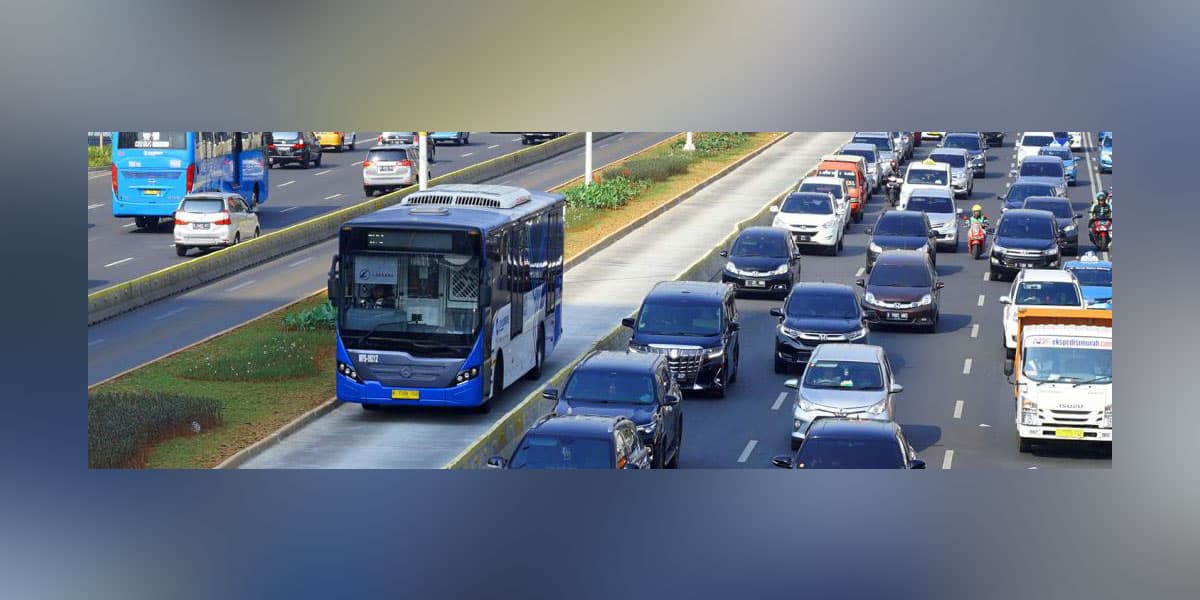CAQM Issues Statutory Direction for Buses Operating Under Various Regulations

Significant measures are being implemented to combat air pollution in the National Capital Region (NCR) of India, particularly from the transport sector. The Commission for Air Quality Management (CAQM) has announced a series of directives aimed at reducing emissions from commercial vehicles and enhancing the use of cleaner fuel in public transport. These initiatives are especially crucial during the winter months when pollution levels peak. The new regulations will restrict the entry of certain vehicles into Delhi, promoting a shift towards more environmentally friendly transportation options.
New Regulations for Commercial Vehicles
In a decisive move to tackle air pollution, the CAQM has issued Direction No. 88, which will prohibit the entry of all commercial goods vehicles, including Light Goods Vehicles (LGVs), Medium Goods Vehicles (MGVs), and Heavy Goods Vehicles (HGVs), into Delhi unless they meet specific emission standards. Starting from November 1, 2025, only vehicles that comply with BS-VI, CNG, LNG, or electric vehicle (EV) standards will be allowed entry. This ban aims to significantly reduce the pollution load from commercial vehicles, which have been identified as major contributors to the region’s air quality issues.
Transition to Cleaner Public Transport
The CAQM is also focusing on the public transport sector, which plays a substantial role in the region’s pollution levels, particularly during winter. Previous directives, namely Direction Nos. 78 and 81, already mandated that only buses operating on cleaner fuels, such as BS-VI Diesel, CNG, or electric modes, can enter Delhi from various states. This initiative is part of a broader strategy to transition to cleaner fuel vehicles, especially in high-emission public transport segments. The CAQM’s latest directive, Statutory Direction No. 93, further extends these requirements to buses operating under All India Tourist Permits, effective from November 1, 2026.
Enforcement and Compliance Measures
To ensure compliance with these new regulations, the Transport Department and Traffic Police of the Government of National Capital Territory of Delhi (GNCTD) have been instructed to implement strict monitoring mechanisms. Technologies such as Automatic Number Plate Recognition (ANPR) systems and Radio Frequency Identification (RFID) will be utilized at border entry points to enforce these restrictions effectively. Additionally, state governments and Union Territory administrations have been urged to disseminate information about these directives widely among stakeholders to ensure that only compliant buses are allowed to operate in Delhi after the specified deadlines.
Ongoing Restrictions and Future Plans
The restrictions outlined in Direction Nos. 78 and 81 will remain in effect for inter-city public transport bus services to Delhi-NCR. These measures are part of a comprehensive approach to improve air quality in the region and address the severe pollution challenges faced, particularly during the winter months. The CAQM’s ongoing efforts reflect a commitment to fostering cleaner air and a healthier environment for residents of the NCR.
Observer Voice is the one stop site for National, International news, Sports, Editor’s Choice, Art/culture contents, Quotes and much more. We also cover historical contents. Historical contents includes World History, Indian History, and what happened today. The website also covers Entertainment across the India and World.
Follow Us on Twitter, Instagram, Facebook, & LinkedIn

